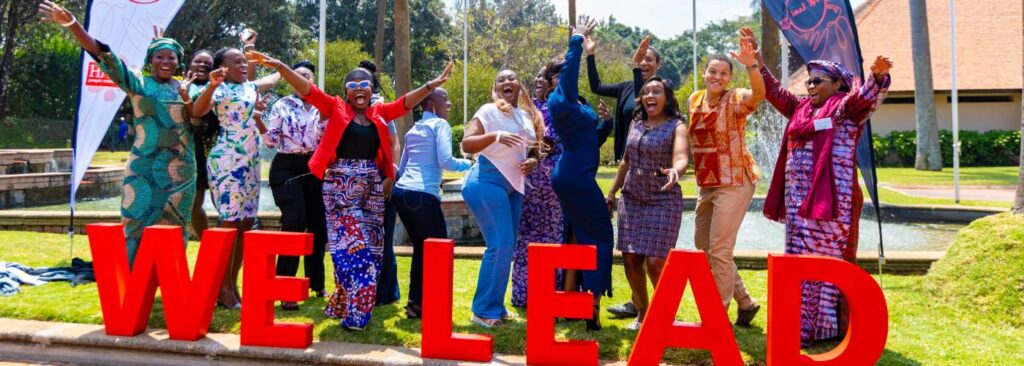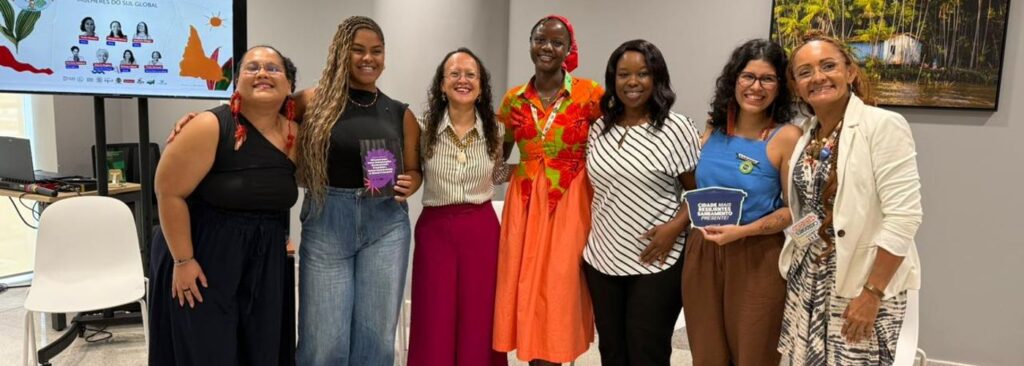Guest blog by Ann Songole and Bob Aston
The silence could have easily been mistaken for inactivity except that there was a systematic production work in progress. On this particular day, ARTI Energy, a briquette manufacturing company in Salasala in Dar es Salaam, Tanzania had hosted 12 organizations that were attending a Hivos Green and Inclusive Energy Regional Midterm Meeting to learn about reliable and sustainable alternative to existing wood charcoal.
It was clear that each person at the briquette plant had a specific role to play. Some were at the char powder storage separating char from chaff. Two people operated the charcoal briquette grinder. Two more people operated the double shaft mixer machine and the briquette extruder machine. One person then loaded the briquettes on metal plates and then arranged them to dry under the sun. We learnt that the briquettes take three-five days to dry. The briquettes are packed in 25 kilogramme bags and then sold to retailers and other traders across Tanzania.
The group working at the ARTI Energy not only see the briquetting company as a source of employment, but also as a strong contributor towards lower levels of deforestation due to reduced fuelwood demand. They noted that the briquettes are denser, harder and more condensed. This allows the briquette to burn longer than customary charcoal. In addition, they are 40 percent more efficient due to their low moisture and density.

“The briquettes are helping to improve indoor and outdoor air quality due to reduced burning of charcoal. This also reduces health risks and diseases resulting from the long-term exposure of burning wood fuel,” said Mr Emmanuel Mallya, Co-Managing Director, ARTI Energy.
Briquettes are condensed fuels of different shapes that are made from coal dust, charcoal dust, sawdust, wood chips or biomass, among other materials. Carbonised and non-carbonised briquettes are alternatives to charcoal that have seen an upsurge in use in East Africa. Carbonised briquettes (ones are made from waste materials that have undergone carbonization such as charcoal dust) are favoured by households as they light quickly and are safe to use. Industries and factories prefer to use non-carbonised briquettes (are produced from waste materials that are not carbonized such as sawdust and waste paper) as they burn for a longer duration.
ARTI Energy has trained six youth groups to collect agricultural waste from farmers. The youth also collect char dust from market sellers which they sell to ARTI Energy. In addition, they have trained 5,000 farmers to produce and sell to them char powder using agro-waste and other dry biomass. Each farmer has a 200-litre drum for drying their agricultural waste. This is part of ARTI’s plan to build production and sales capacity and to create public awareness of renewable energy through training and equipping beneficiaries and consumer sensitization campaigns.
The briquette-making project is a welcome move, as it reduces the strain on forestry resources while providing a solution to management and disposal of waste. According to Tanzania’s National Bureau of Statistics (NBS) 2017-18 Household Budget Survey, the main source of energy for cooking in Tanzania mainland is firewood at 60.9 percent followed by charcoal at 28.8 percent. Similarly, 5.9 percent of Dar es Salaam population use firewood while 58.9 percent use charcoal as the main source of energy for cooking.

Mr. Mallya noted that ARTI Energy has not only provided an avenue for Dar es Salaam to dispose of char dust but has also reduced air pollution caused by burning or rotting of agricultural waste. “We are not only promoting the uptake of clean and sustainable briquettes but we also want to reduce the number of households using firewood in Tanzania,” said Mallya.
Under Sustainable Energy for All (SEforALL), Tanzania has a target to have more than 75 percent of its population access clean cooking solutions by 2030. Similarly, in February 2018, the United Nations Industrial Development Organization (UNIDO), in partnership with the Government of the United Republic of Tanzania, launched a project titled “Promoting Bio-Ethanol as a Clean Alternative Fuel for Cooking in Tanzania.” The Project aims to ensure that more than 500,000 households receive ethanol cookstoves and fuels. This is just one of the efforts that are currently underway to increase populations’ access to clean cooking solutions.
Ann Songole and Bob Aston are Project Officers at Clean Cookstoves Association of Kenya (CCAK) and the Arid Lands Information Network (ALIN) respectively.
This article was originally published on the Hivos East Africa website.




